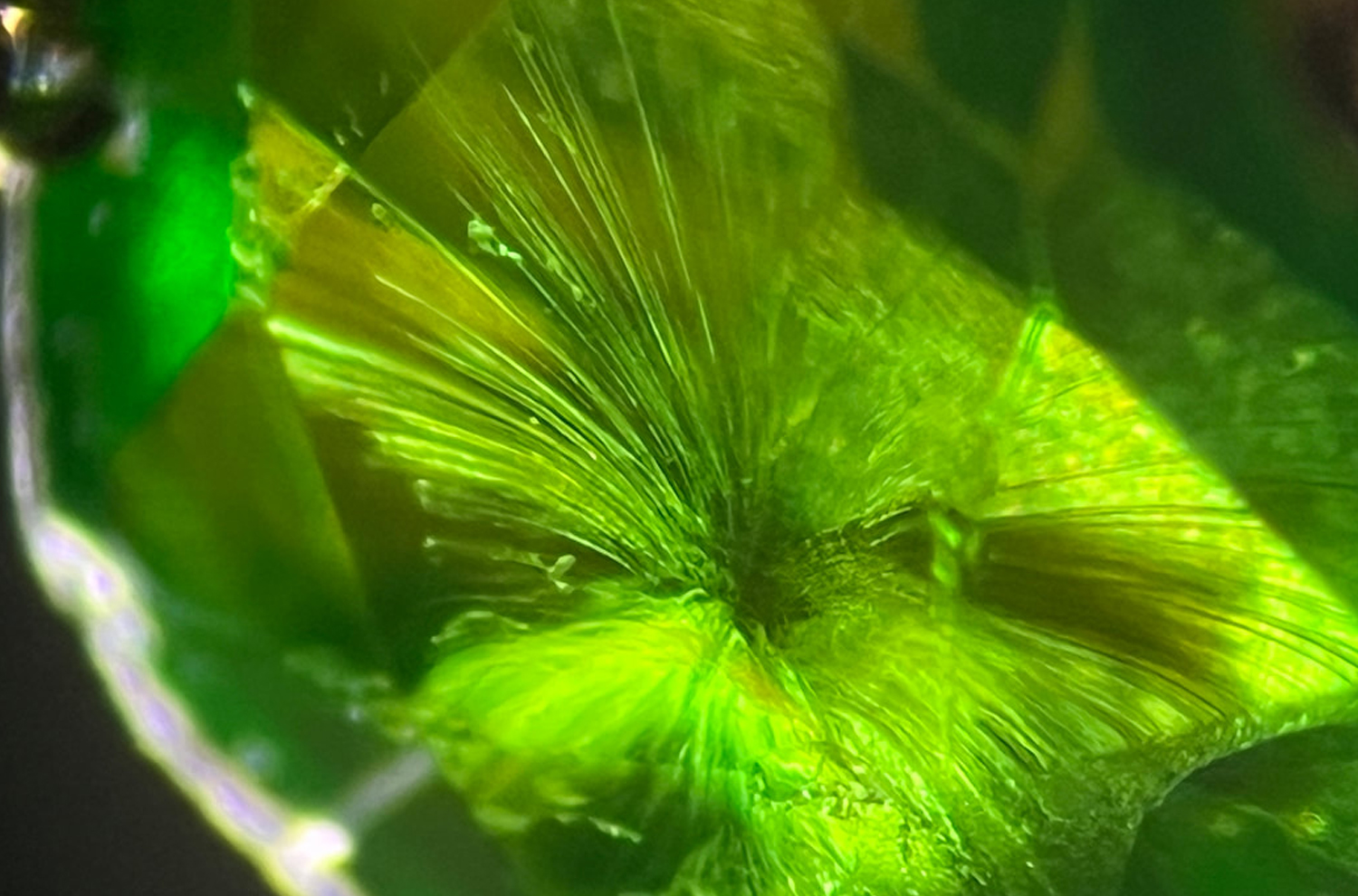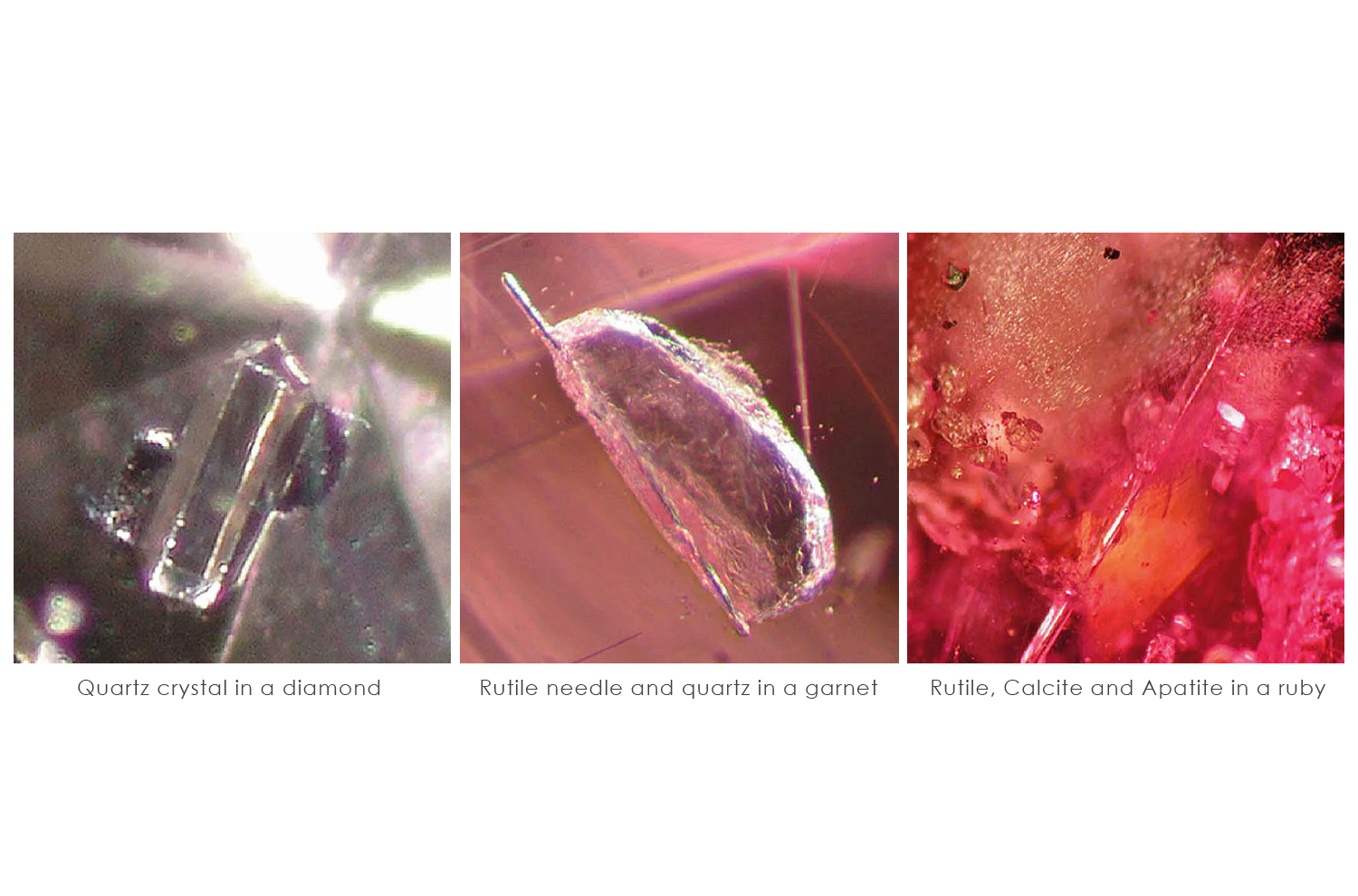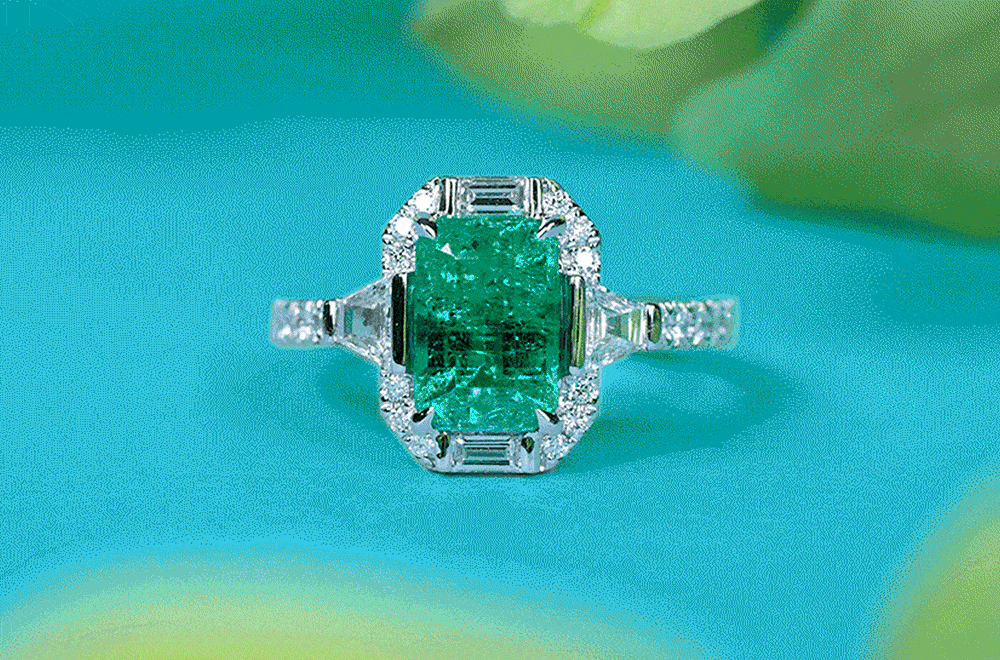It’s common for clients to walk into MADLY, expecting to find a flawless stone. But maybe, what they’re really searching for is the ‘perfect stone’ with incredible lustre and sparkle, and they mistakenly equate that with flawlessness. After all, we’ve seen plenty of ‘flawless’ stones that, despite their technical perfection, don’t make the cut for a MADLY gem!
Formed over thousands of years, natural gemstones are bound to have blemishes (surface characteristics) and inclusions (internal characteristics). While stones with fewer inclusions may fetch higher prices, there’s no such thing as a truly “flawless” stone from Mother Nature.
Inclusions are a feature, not a flaw!
For coloured gemstones, inclusions don’t necessarily detract from their value; they can actually enhance it. It’s all about balance — if the gemstone’s colour and overall appearance are stunning, a few inclusions can be seen as charming ‘quirks’ rather than ‘imperfections’. In rare, prized stones like Paraiba Tourmaline and Emerald, inclusions that don’t cloud or dull the colour do little to diminish their value.

It’s all about colour
As mentioned earlier, when grading coloured gemstones, a key consideration is whether the stone is “eye-clean,” meaning no inclusions are visible to the naked eye. However, for coloured gemstones, it’s not just about the presence of inclusions but how they affect the gem’s overall appearance.

In some cases, inclusions can actually increase a gemstone’s value! Consider Demantoid Garnets, for example. One of the ‘best’ features is the presence of horsetail inclusions — delicate, golden threads of byssolite. These inclusions are a signature of the original Russian Demantoid Garnets (though they can also be found in stones from other locations). These Demantoid Garnets with horsetail inclusions often fetch some of the highest prices in the market.
Additionally, it’s not uncommon to find “pregnant” gems, where a crystal from another gemstone is trapped inside. These inclusions add an extra layer of uniqueness to a gemstone, don’t you think?

So, the next time you’re admiring a gemstone, don’t be too quick to judge it by its inclusions. After all, true beauty often lies in imperfection!
